Japan is a land of rich cultural history, vibrant traditions, and a unique blend of the old and the new. Japan offers an array of museums that provide a deep dive into the country’s heritage. Here’s a look at the top 7 must-visit museums in Japan, covering a wide range of interests, and including statistics, prices, and insider tips to make your visit smooth and enjoyable.
1. The Tokyo National Museum (東京国立博物館)
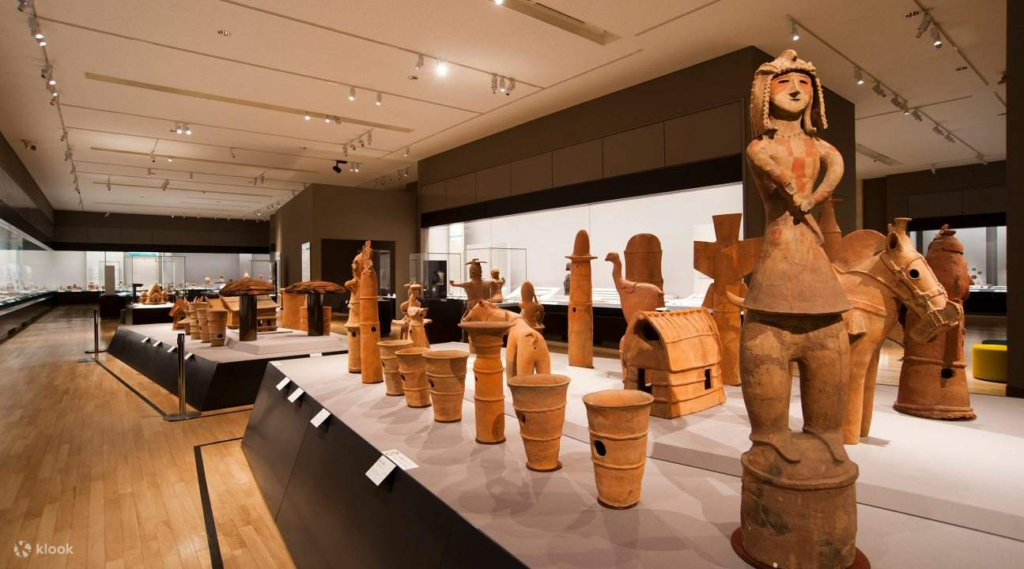
Location: Ueno Park, Tokyo
Price: ¥620 for adults, ¥410 for university students, and free for children under 18 and seniors over 70.
Opening Hours: 9:30 AM – 5:00 PM (Closed on Mondays)
The Tokyo National Museum is Japan’s oldest and largest museum, holding over 110,000 artifacts, including national treasures and important cultural properties. It’s a treasure trove of Japanese art, archeological objects, and even artifacts from other parts of Asia. Divided into various wings, each section offers something unique, from ancient pottery to samurai armor and beautiful calligraphy.
- The Honkan (Japanese Gallery) showcases traditional Japanese art such as sculptures, ceramics, and swords.
- The Heiseikan exhibits archeological finds and ancient treasures.
- Seasonal exhibits, which bring rotating collections from all over Japan.
Visitor Tip: Take a guided tour or rent an audio guide for ¥500, as the sheer size and variety of the museum can be overwhelming.
2. Kyoto National Museum (京都国立博物館)

Location: Kyoto
Price: ¥1,600 for adults, ¥1,200 for university students, ¥600 for high school students, and free for children under 18.
Opening Hours: 9:30 AM – 5:00 PM (Closed on Mondays)
Set in one of Japan’s most historic cities, the Kyoto National Museum is a stunning institution dedicated to pre-modern Japanese art and cultural treasures. From ancient ceramics to exquisite textiles and paintings, this museum offers a wonderful overview of Kyoto’s historical significance.
- The museum’s collection includes paintings, sculptures, and beautifully crafted Noh costumes.
- The stunning Special Exhibitions Hall, which frequently hosts thematic exhibits showcasing Japan’s rich cultural legacy.
Visitor Tip: Visit in the morning when it’s less crowded and the gardens surrounding the museum offer a peaceful retreat after touring.
3. Edo-Tokyo Museum (江戸東京博物館)
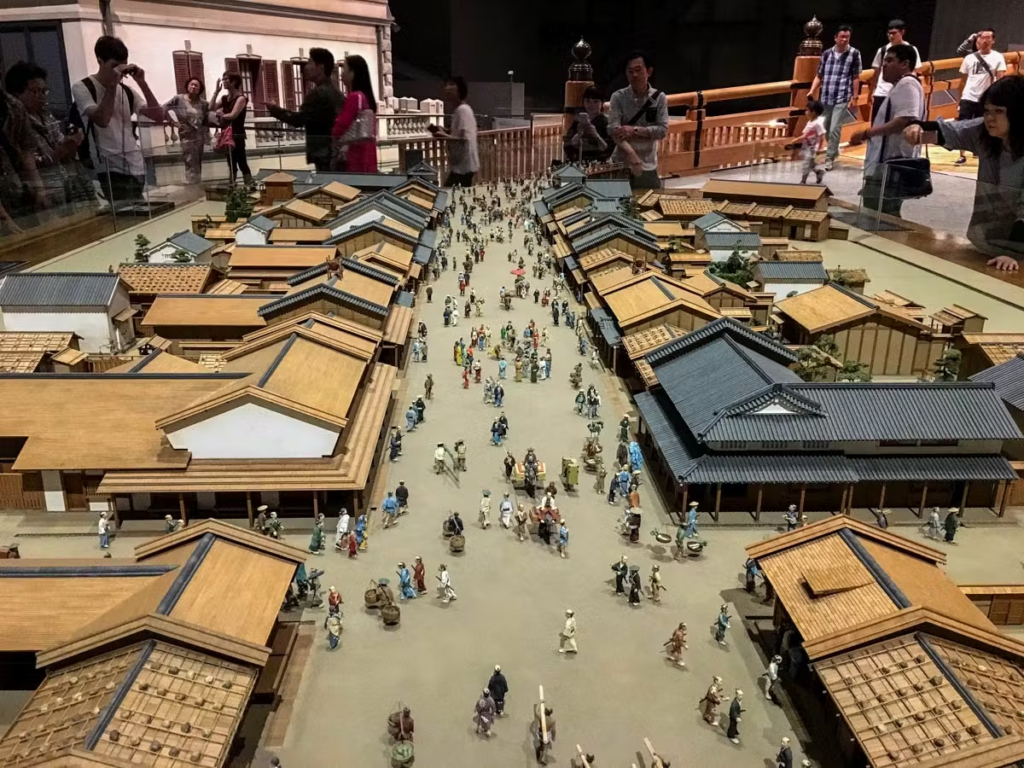
Location: Ryogoku, Tokyo
Price: ¥600 for adults, ¥480 for university students, ¥300 for junior and high school students, and free for children under 12.
Opening Hours: 9:30 AM – 5:30 PM (Closed on Mondays)
The Edo-Tokyo Museum is dedicated to the history of Tokyo, formerly known as Edo, from its foundation to its modern-day status as a bustling metropolis. The museum’s life-sized models and interactive exhibits bring Japan’s history to life in a visually captivating way, making it an exciting experience for all ages.
- A replica of Nihonbashi Bridge, allowing visitors to walk across a 19th-century Tokyo landmark.
- Displays of traditional kabuki theater and models of Edo-period homes.
Visitor Tip: If you’re interested in Tokyo’s transformation into a modern city, this museum is a must. Also, the museum offers English-speaking volunteer guides for free, making the exhibits easier to understand for international visitors.
4. Hiroshima Peace Memorial Museum (広島平和記念資料館)
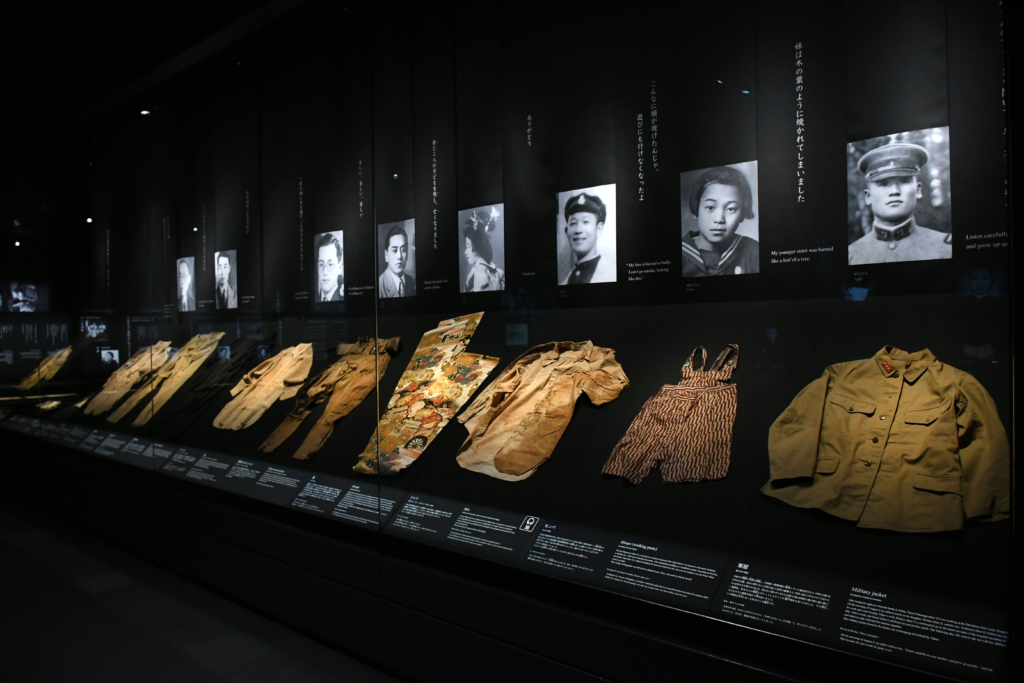
Location: Hiroshima
Price: ¥200 for adults and ¥100 for children (elementary, junior, and high school students).
Opening Hours: 8:30 AM – 6:00 PM (Varies slightly by season, closed on December 30 and 31)
The Hiroshima Peace Memorial Museum is one of the most sobering yet important museums in Japan. It documents the impact of the atomic bomb that was dropped on Hiroshima on August 6, 1945. The museum doesn’t just tell the story of destruction, but also serves as a call for world peace.
- Heart-wrenching exhibits, including survivor stories and remnants from the aftermath of the bombing.
- The Peace Memorial Park, where the museum is located, provides a space for reflection with monuments such as the Atomic Bomb Dome.
Visitor Tip: Be prepared for an emotionally heavy visit. The museum is very informative but may not be suitable for young children due to its graphic content.
5. The National Museum of Emerging Science and Innovation (Miraikan) (日本科学未来館)
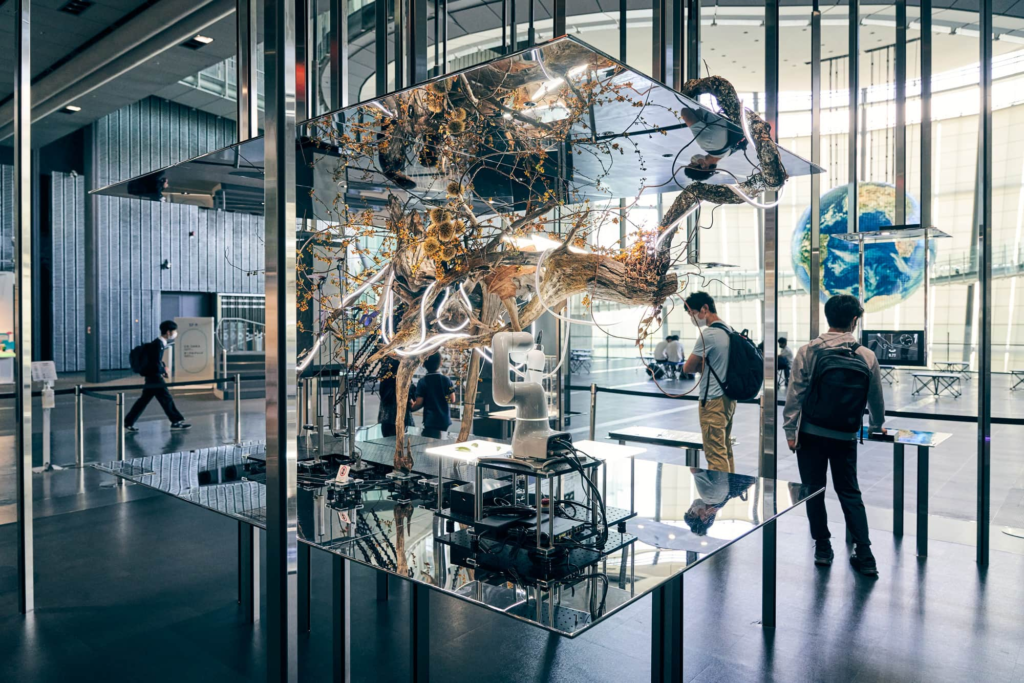
Location: Odaiba, Tokyo
Price: ¥630 for adults, ¥210 for children (under 18).
Opening Hours: 10:00 AM – 5:00 PM (Closed on Tuesdays)
For those who are fascinated by science, technology, and the future, the National Museum of Emerging Science and Innovation, or Miraikan, is an absolute must. It focuses on cutting-edge scientific discoveries, robotics, space exploration, and even artificial intelligence.
- The ASIMO robot demonstration, which shows Honda’s advanced humanoid robot in action.
- The interactive Geo-Cosmos, a large globe that displays real-time environmental data about our planet.
- Exhibits on the future of space exploration and the human genome.
Visitor Tip: Plan to spend at least three hours here, especially if you’re visiting with children, as many exhibits are interactive and engaging for younger visitors.
6. Adachi Museum of Art (足立美術館)

Location: Shimane Prefecture
Price: ¥2,300 for adults, ¥1,800 for university students, ¥1,000 for high school students, and ¥500 for children under 12.
Opening Hours: 9:00 AM – 5:00 PM (Open every day)
The Adachi Museum of Art is known not only for its stunning collection of modern Japanese paintings but also for its breathtaking Japanese gardens. The museum’s garden has consistently been ranked as one of the best in Japan, offering visitors a visual masterpiece that changes with the seasons.
- A collection of nihonga paintings from famous Japanese artists such as Yokoyama Taikan.
- The museum’s six meticulously designed gardens, including the Dry Landscape Garden and Moss Garden.
Visitor Tip: If you’re traveling to Shimane, visiting the Adachi Museum is a must for garden lovers. Combine the visit with a trip to nearby Matsue Castle for a full day of exploring Japanese history.
7. National Museum of Western Art (国立西洋美術館)
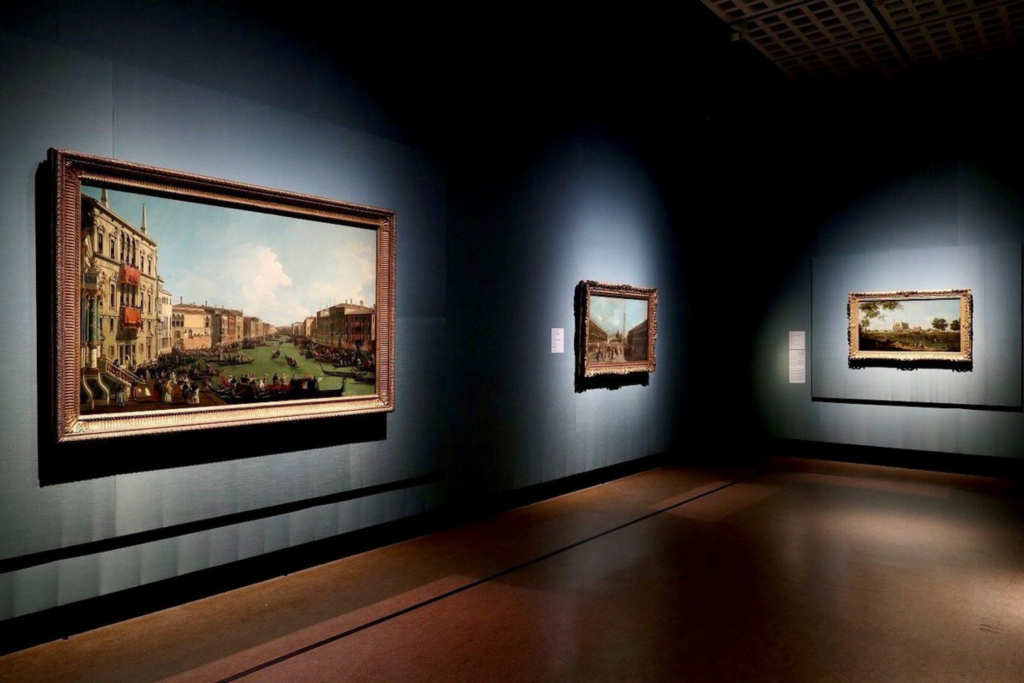
Location: Ueno Park, Tokyo
Price: ¥500 for adults, ¥250 for university students, and free for high school students and younger.
Opening Hours: 9:30 AM – 5:30 PM (Closed on Mondays)
As the name suggests, the National Museum of Western Art is focused on Western art from the Renaissance to the 20th century. The museum’s collection includes works by iconic European artists such as Monet, Rodin, and Van Gogh. It’s a rare chance to see masterpieces from Europe without leaving Japan.
- The Rodin Collection, which includes the famous sculpture “The Thinker.”
- Paintings by Claude Monet, including several pieces from his Water Lilies series.
Visitor Tip: If you’re a fan of Western art, visit during one of their special exhibitions which often feature works from famous European museums on loan.
Tips and Advice for Visiting Museums in Japan
- Check Opening Days: Many museums in Japan are closed on Mondays or have irregular holidays, so it’s essential to check the official website of the museum you plan to visit for their opening hours and any temporary closures.
- Language Barriers: Although most major museums in Japan offer English translations for key exhibits, some smaller or regional museums may not. Consider renting audio guides or joining a guided tour if available.
- Early Arrival: Popular museums like the Tokyo National Museum or the Hiroshima Peace Memorial Museum can get crowded, especially on weekends or during holidays. Arrive early to avoid the crowds and get a head start on your visit.
- Discount Passes: If you’re planning to visit several museums in the same city, look into purchasing a city pass that offers discounts on multiple attractions. For example, the Grutt Pass in Tokyo offers discounted entry to over 90 museums, zoos, and gardens for ¥2,200.
- Respect Local Etiquette: Japanese museums often have strict rules regarding photography, food, and drink. Make sure to respect these rules to ensure a smooth and pleasant visit for yourself and others.
- Plan for Longer Visits: While some museums may take only an hour or two to explore, larger institutions like the Tokyo National Museum or Miraikan can easily take up half a day. Plan accordingly and wear comfortable shoes for walking.
Read more : Top 10 Popular Cities in Japan



